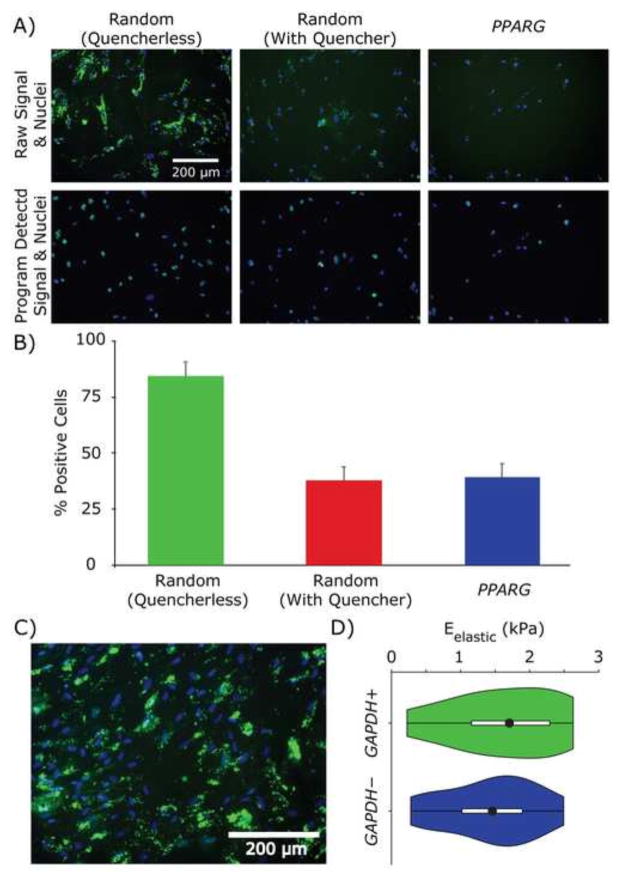Fig. 2. Validation of beacon detection approach.
(A) Raw fluorescence and postprocessed signals were evaluated in a control population of ASCs. Validation experiments included treatment with a quencherless random beacon, fluorophore/quencher random beacon, and PPARG beacon. Positive signals (green) overlapping with cell nuclei (blue) were used to calculate the percent of positive cells in a population. (B) Results indicated baseline, non-specific signal was approximately 30 – 40%, whereas maximal signal was approximately 80 – 90%, representing our limits of detection. (C) ASCs were treated with a beacon for the housekeeping gene GAPDH, which should be present in all cells. A small fraction of cells did not exhibit positive signal (false-negatives). (D) The mechanical properties of single, GAPDH+ and GAPDH− cells were characterized with AFM; Eelastic is illustrated here with violin plots. No significant differences were detected between positive and negative signal groups (p = 0.48), indicating the presence of beacon did not affect measured, cellular mechanical properties.

